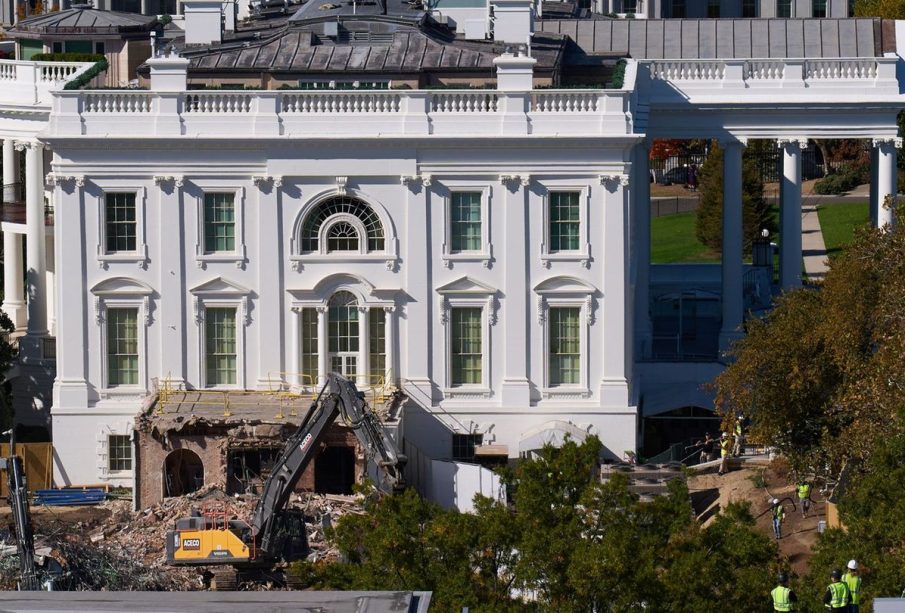The White House East Wing: A Historical Overview

Introduction
The White House East Wing, an integral part of the United States’ most famous residence, serves as a vital location for numerous governmental functions, public events, and social gatherings. Knowing its significance can enhance our understanding of American politics and history. The East Wing not only houses important offices but also represents the lighter side of presidential life, hosting hundreds of visitors each year.
Historical Significance
Constructed in the early 1900s, the East Wing specifically was designed to provide additional space for entertaining and accommodating guests. Originally intended for the use of official functions, it has evolved into a multifunctional area that includes the offices of the First Lady and her staff. Over the years, various renovations and expansions have been made, with notable changes occurring during the Lyndon B. Johnson administration, which included the addition of the iconic East Wing entrance and garden.
Current Usage
Today, the East Wing plays a prominent role in the day-to-day operations of the White House. It houses the offices of the First Lady and is often associated with initiatives that focus on social issues, such as education, health, and the arts. The area is also home to the Jacqueline Kennedy Garden, which provides a serene environment amid the bustling activities of government operations.
Public Engagement
The East Wing serves as a gateway for public interaction with the White House. It is the site of various exhibitions and showcases highlighting American history and culture. Notably, the annual Easter Egg Roll, which has been a tradition since 1878, takes place on the White House lawn adjacent to the East Wing, symbolising the White House’s commitment to family-oriented events.
Recent Developments
In recent years, the East Wing has undergone modernization efforts aimed at improving accessibility and sustainability. Initiatives include energy-efficient features and enhanced visitor experiences, making the East Wing more welcoming than ever. These developments coincide with the increasing demand for transparency in government facilities, fostering a closer relationship between the public and the office of the President.
Conclusion
The White House East Wing is much more than just an architectural structure; it embodies the spirit of American democracy through its historical significance, current functions, and role in public engagement. As the residence continues to adapt to the changing political landscape, the East Wing remains a crucial part of the narrative of the United States, inviting citizens to connect with its heritage. Observing its evolution offers insights into how governmental spaces can reflect the values of an entire nation.









